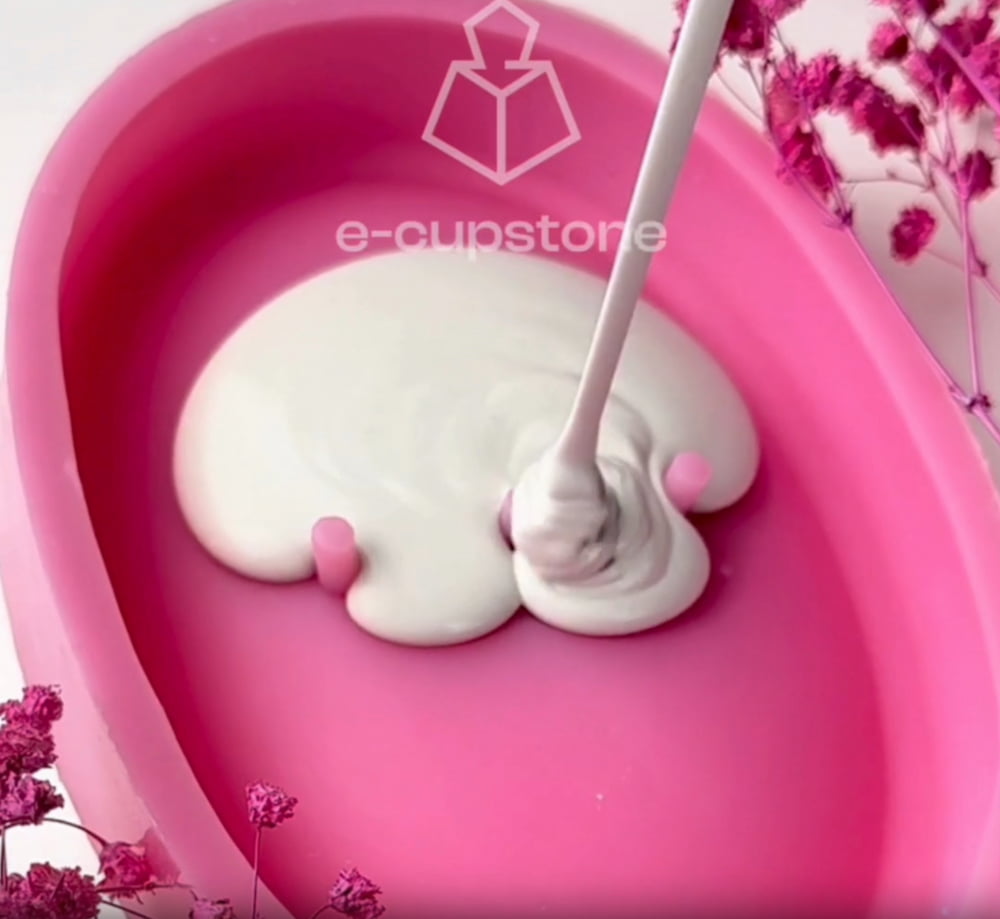Polymeric gypsum is a material with exceptional properties - ideal for creating decorative and functional castings. However, even the most beautiful design requires the right protection. Impregnation of plaster This is a key stage that provides resistance to moisture, dirtand even UV radiation. In this article we will show you, how to impregnate polymer gypsumso that your creations remain durable and aesthetically pleasing for years to come.
Why impregnate gypsum?
Impregnation of plaster allows:
- protect castings from moisture and deposits,
- protect against dirt and stains that are difficult to remove,
- bring out the depth of colour, especially in gypsum in dark colours,
- give the surface an elegant gloss or matt - depending on the agent used,
- increase durability and resistance on terms atmospheric.
It is worth remembering that polymeric gypsum, despite its durability, is a material porous and without protection can absorb dirt.
When is the best time to impregnate polymeric gypsum?
Impregnation should be carried out once the casting is completely dry, preferably 48-72 hours after pouring the compound. Only dry gypsum surface enables effective penetration of the impregnant deep into the material.
How to prepare for waterproofing?
Work should be carried out using:
- protective gloves i protective clothing, especially when using chemicals,
- a clean, dry and dust-free casting surface,
- a well-ventilated room or studio.
Types of impregnation for polymeric gypsum
At e-cupstone.co.uk, we offer different variants of waterproofing, tailored to specific applications:
🔹 E-Cupstone waterproofing
Product: Impregnation for polymeric gypsum
- Type: Deep penetrating water-based impregnator.
- Application: For protecting gypsum surfaces from moisture, dirt and dust.
- Finishing: Matte.
- Features: Colourless, vapour-permeable, safe for coloured surfaces.
- Limitations of use: Do not use for impregnation of: marble, granite, sandstone, coloured ceramics or dark-coloured gypsum, as it may leave a white, hardly removable residue. In addition, it is not recommended for use if it comes into contact with wax or extremely high temperatures.
- Recommended for: Utility castings, interior components (e.g. bases, plates, figurines).
🔹 Glosstone waterproofing
Product: Glosstone impregnation
- Type: Waterproofing with gloss effect.
- Application: It brings out the depth of colour, strengthens the surface and gives a soft shine.
- Finishing: Semi-gloss - "wet surface" effect.
- Features: Suitable for pigment-coloured gypsum.
- Recommended for: Decorative art castings, terrazzo tiles, ornaments - especially colourful ones.
🔸 E-Cupstone lacquer
Product: Polymer plaster varnish
- Type: Clear acrylic lacquer (water binder).
- Application: Gives extra protection against moisture and abrasion.
- Finishing: Matt or satin (depending on the layer), it brings out the depth of the colour.
- Features: Environmentally safe, odourless, it is recommended for protecting the inner surface of candle containers.
- Recommended for: Utility castings, countertops, parts exposed to touch and moisture.
🔸 GLOSS lacquer
Product: GLOSS lacquer
- Type: High-gloss lacquer.
- Application: Gives a 'glassy' surface effect and highlights the colour.
- Finishing: Glossy.
- Features: UV- and water-resistant, for use on interior and exterior decorative elements, it is recommended for protecting the interior surface of candle containers.
- Recommended for: Artistic decoration, effect casts, terrazzo, plaster jewellery, etc.
How to impregnate polymer gypsum - step-by-step instructions
Step 1: Prepare the surface
Remove dust and fine dirt. The surface should be dry, smooth and evenly porousso that the agent can be well absorbed.
Step 2: Apply waterproofing
Depending on the form of the waterproofing you can use:
- brush - for precision work and smaller components,
- spray - for larger areas (facilitates even coverage),
- immersions - ideal for mass production of small components.
Impregnation evenly penetrates material - so it is important not to leave any dry spots.
Step 3: Allow to dry
After impregnation Let the casting dry completely. Depending on the product, this can take from 2 to 24 hours.
Additional guidance
- Impregnation facilitates self-cleaning of the material - dust and deposits do not penetrate the structure.
- In the case of pigmented castings (e.g. black terrazzo), impregnating agent for polymer gypsum e-cupstone will provide full protection without colour change.
- Impregnation of plaster not only protects, but also enhances its aesthetic qualities - especially details i structure surfaces.
How to care for impregnated castings?
After impregnation, your polymer plaster casts will be resistant to dust, dirt and light contact with moisture. However, to prolong their life:
- do not use aggressive detergents,
- avoid contact with acids and alkaline solution,
- do not wash them under running waterif they were not coated with varnish.
Why choose waterproofing from e-cupstone.co.uk?
Our impregnates/varnishes for polymer gypsum were created for DIY artists and designers who care about durability and aesthetics. Thanks to their precisely selected ingredients, they provide:
- effective protection against moisture and dirt,
- natural or glossy finish,
- easy application, even for beginners.
Summary
Impregnating the gypsum is an essential step that extends shelf life castings and gives them a professional appearance. Reaching for impregnating agent for polymer gypsum e-cupstone, you gain the assurance that your project will be beautiful and resistant to external conditions.
👉 Protect your casts - check out our range of polymer gypsum impregnators and varnishes!
🛒 Order now at e-cupstone.co.uk




